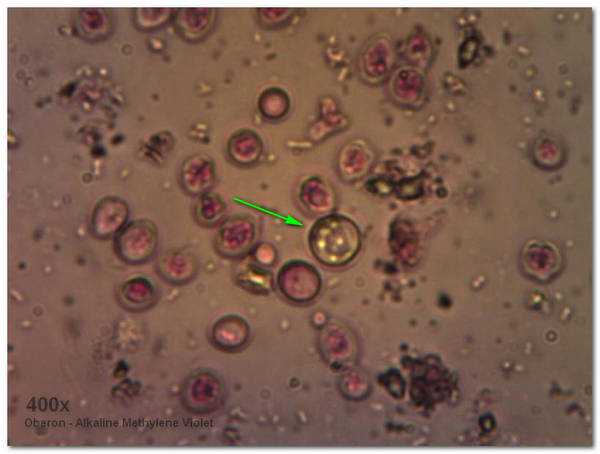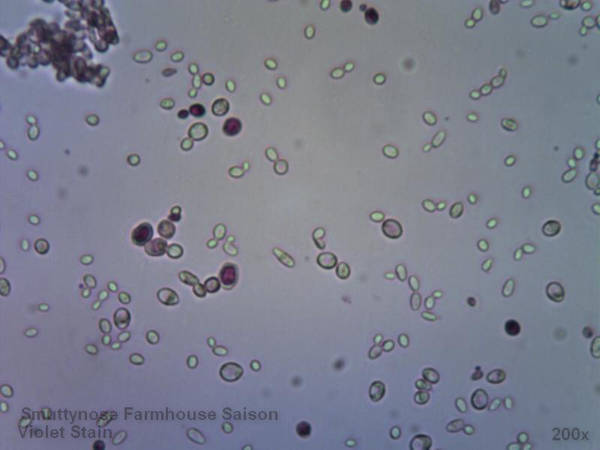Well.....I am intrigued. I dont unnerstand the need for a scope but I like anything techy anyway. What is the purpose of using a scope. To visually identify different strains or to verify live cells percentages? How would it improve my process and what is the cost versus return on investment. I know a couple of jacked up batches could pay for that equipment, but I just need help with the need to employ that kind of gear. TIA for any answers.
Bob
Bob










